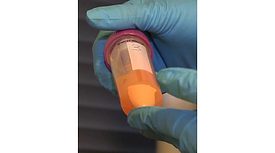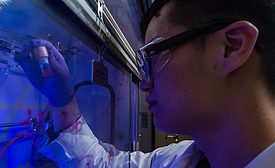Home » Research and Development
Articles Tagged with ''Research and Development''
Pilot Chemical Co. Launches New Technology and Innovation Initiative
New Innovation Center to be built in Pittsburgh
January 19, 2018
Keep the info flowing with our eNewsletters!
Get the latest industry updates tailored your way.
JOIN TODAY!Copyright ©2025. All Rights Reserved BNP Media.
Design, CMS, Hosting & Web Development :: ePublishing









